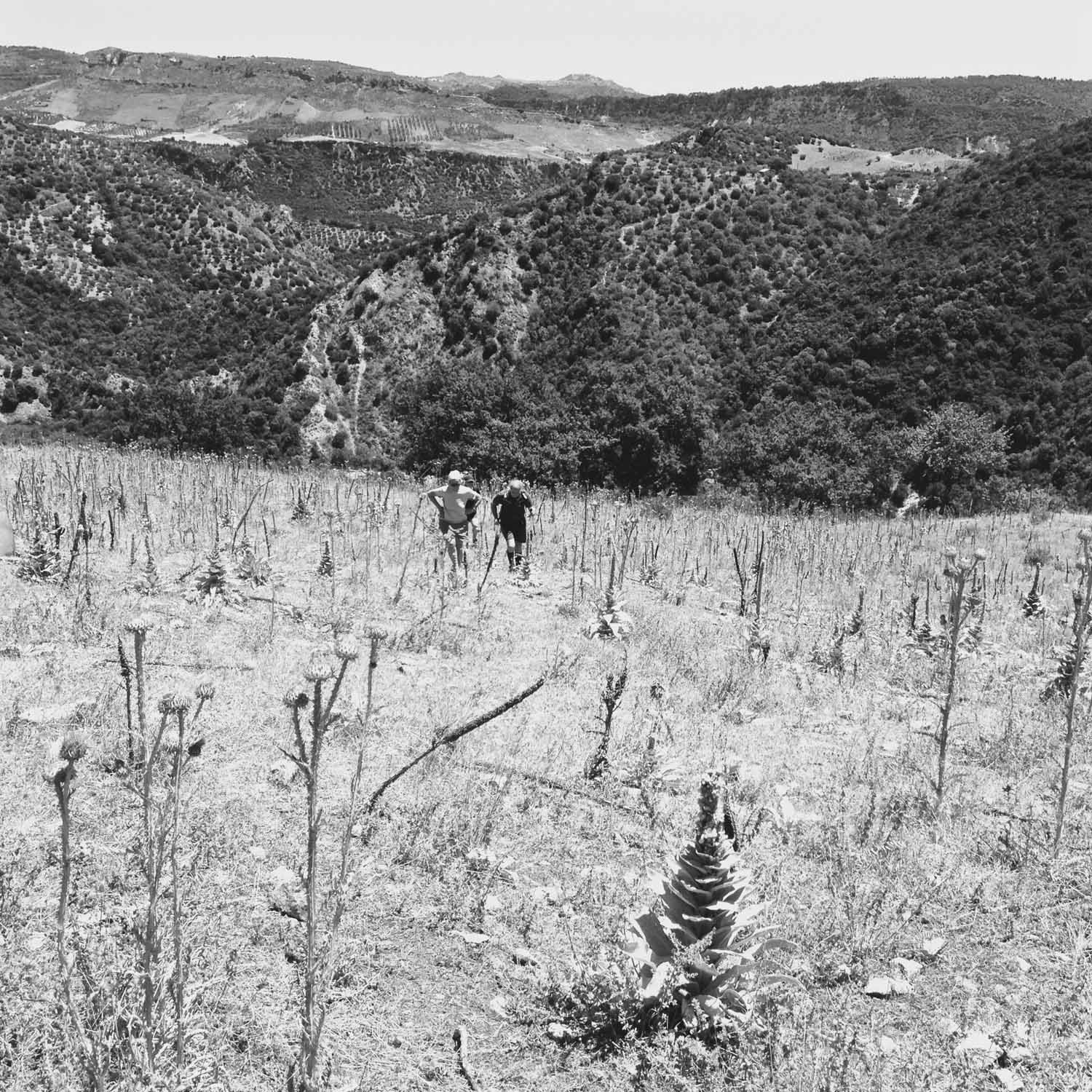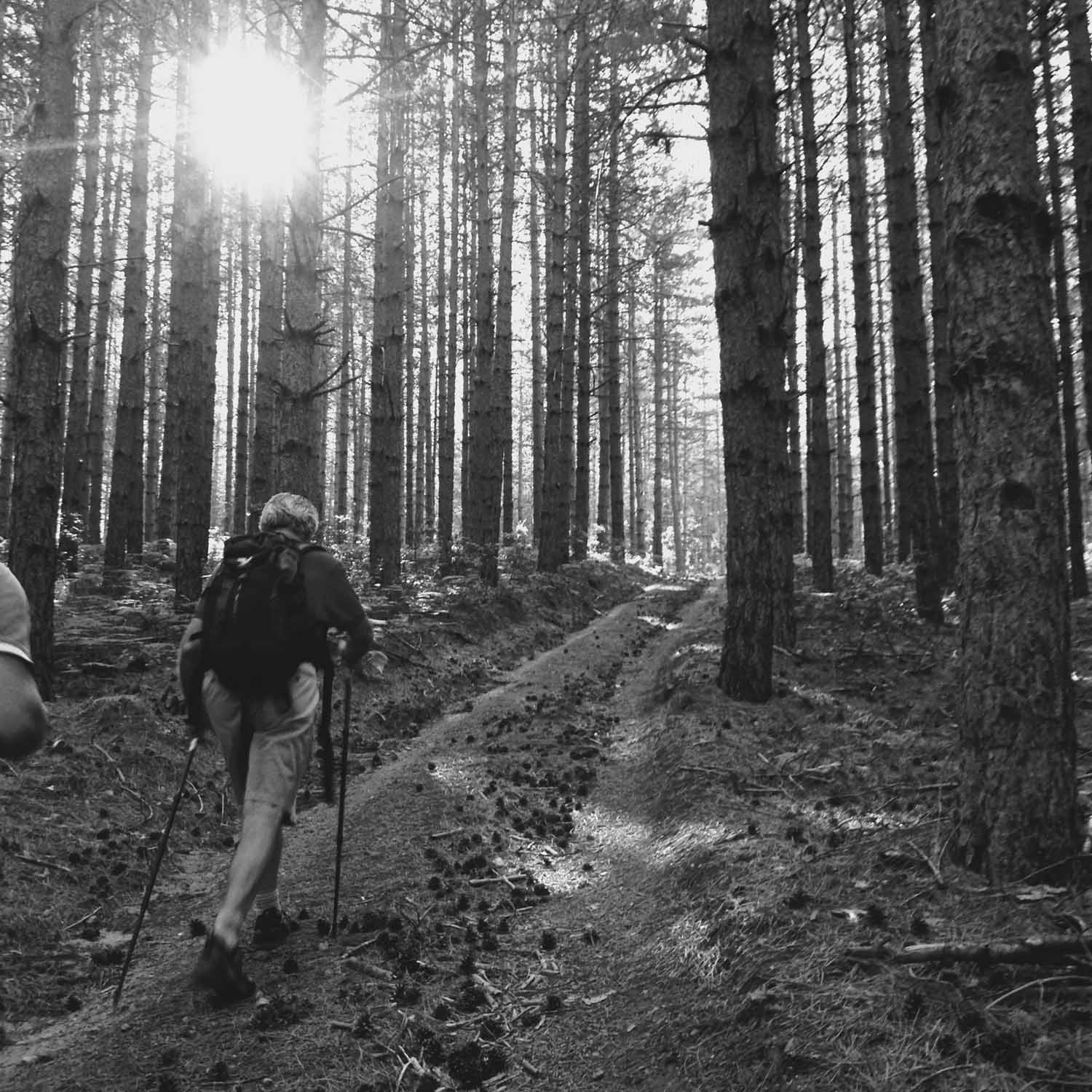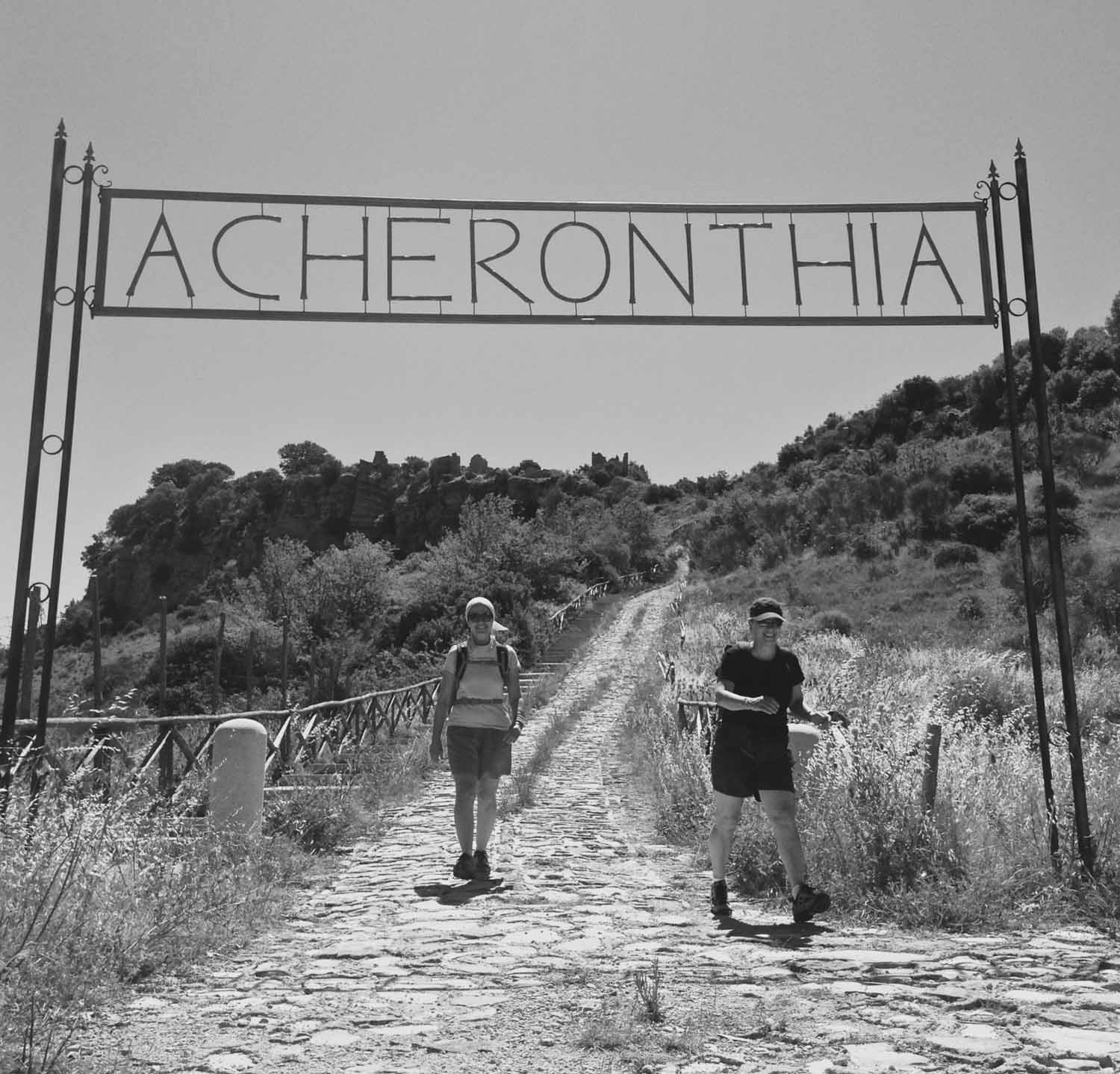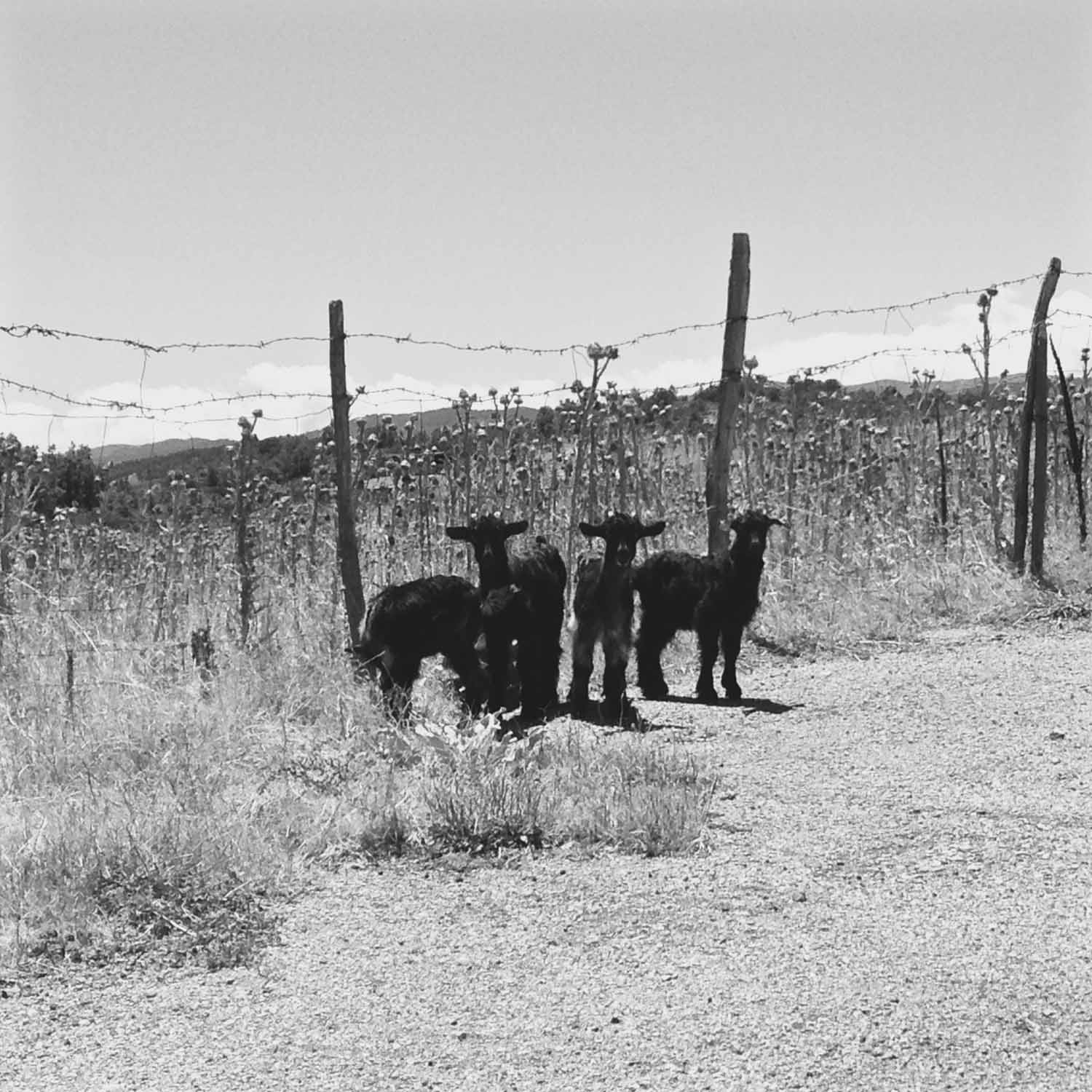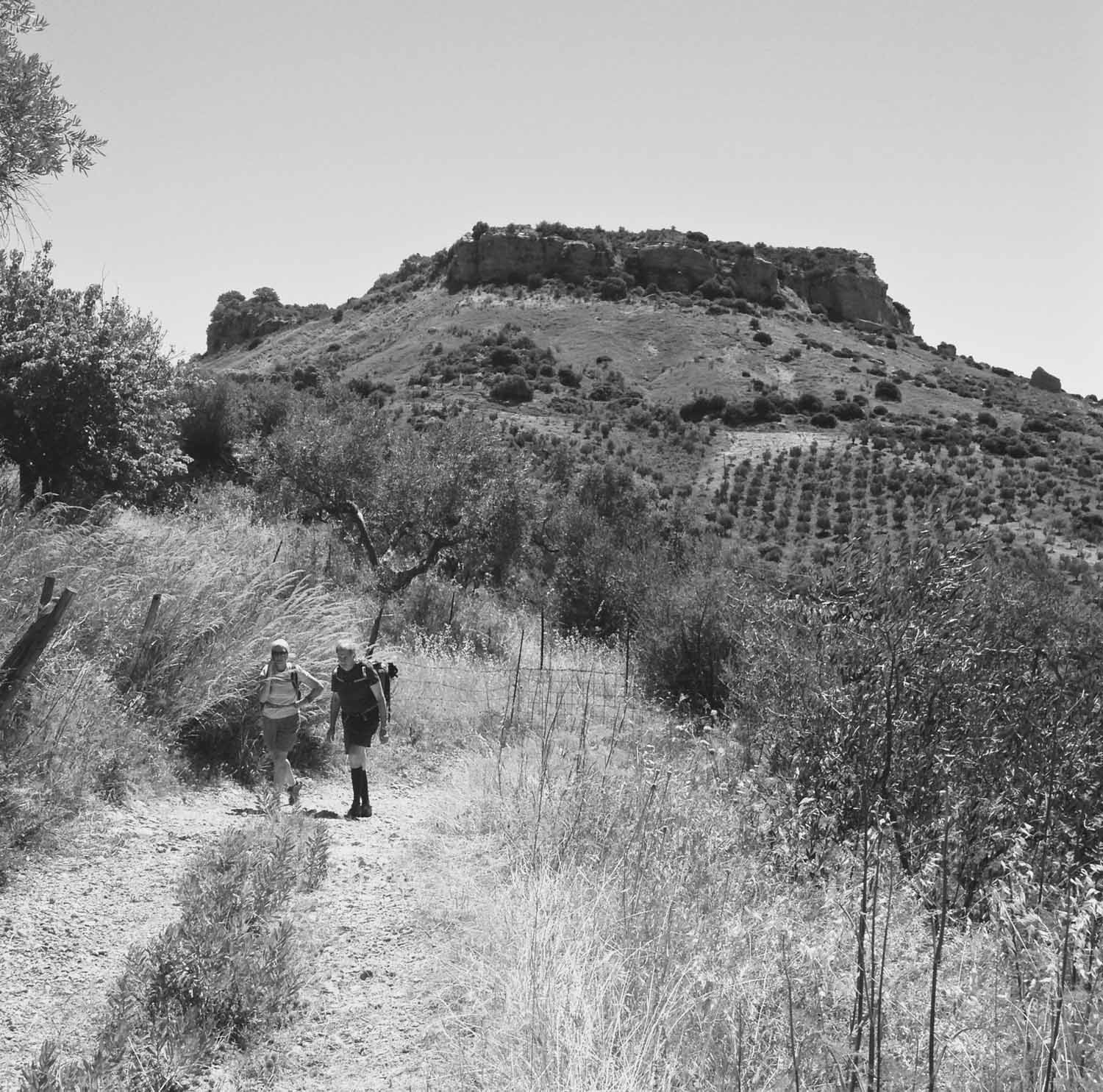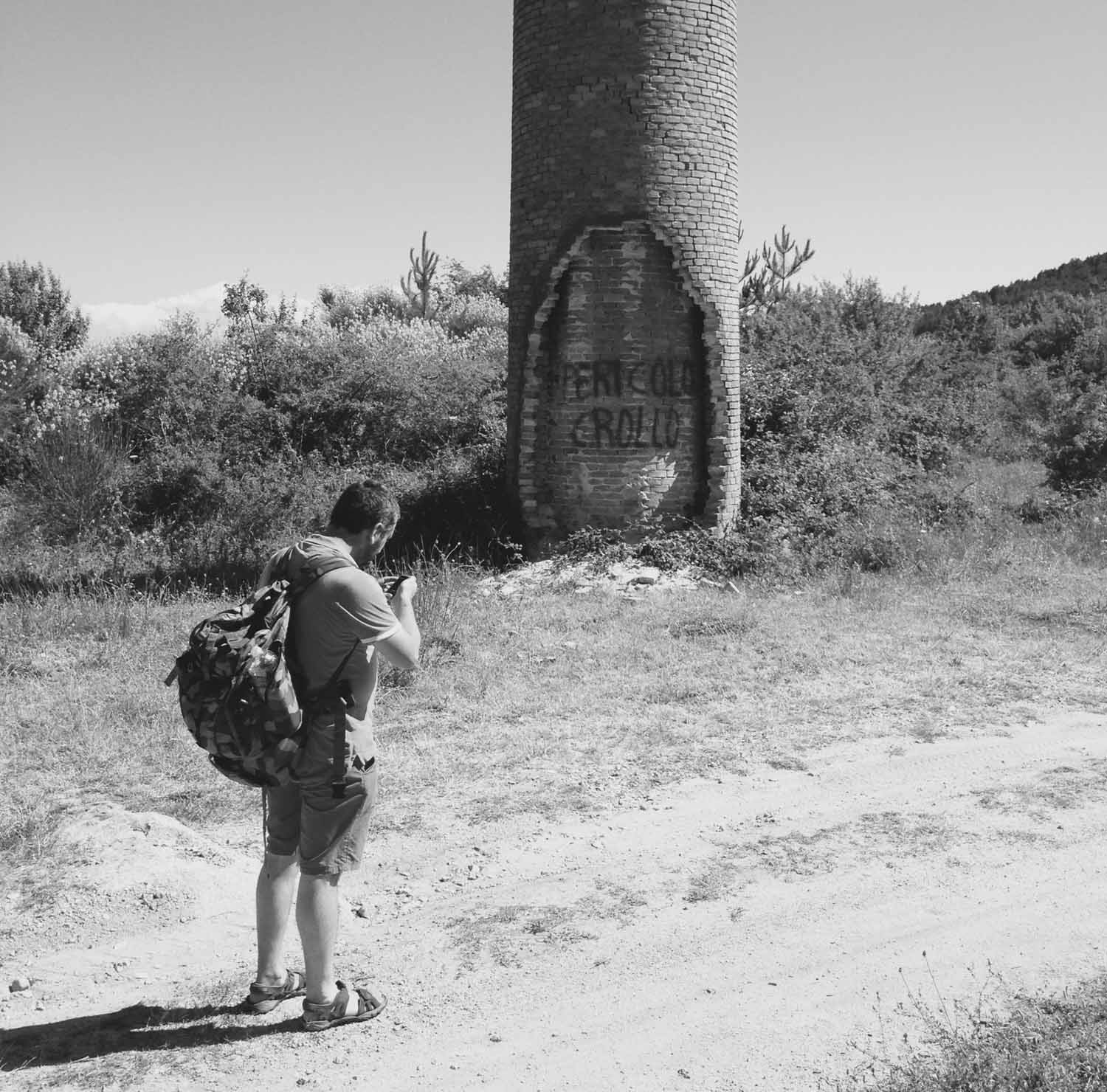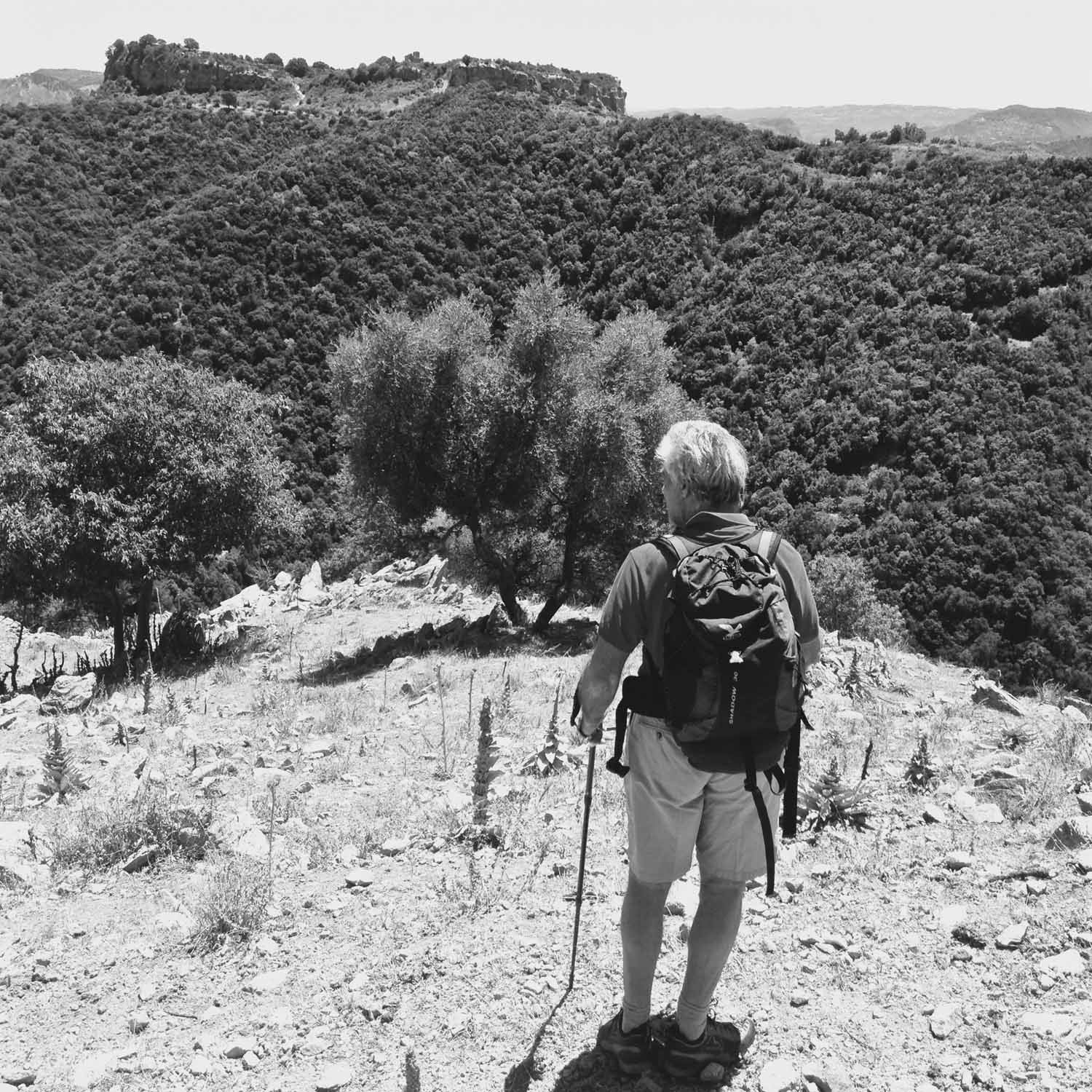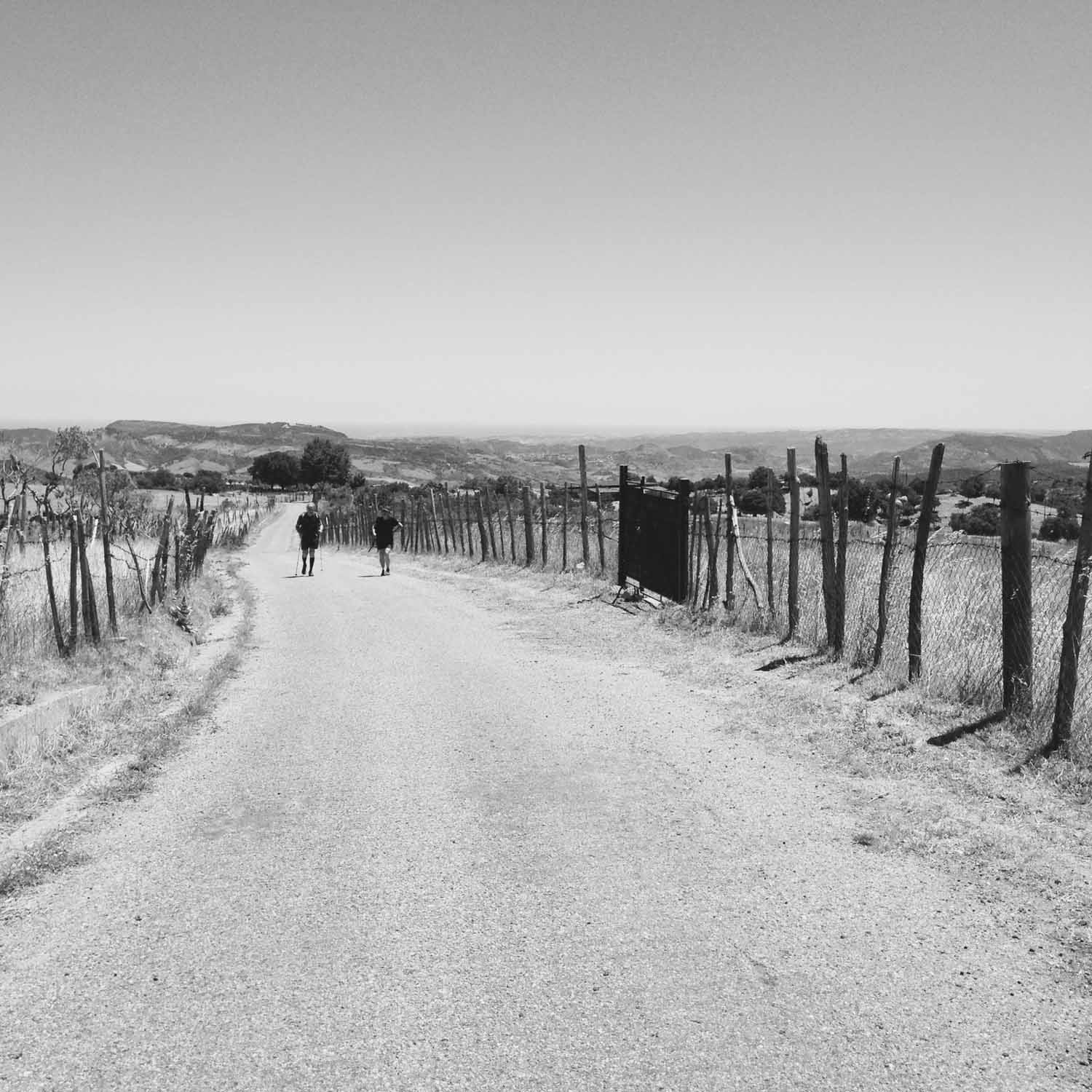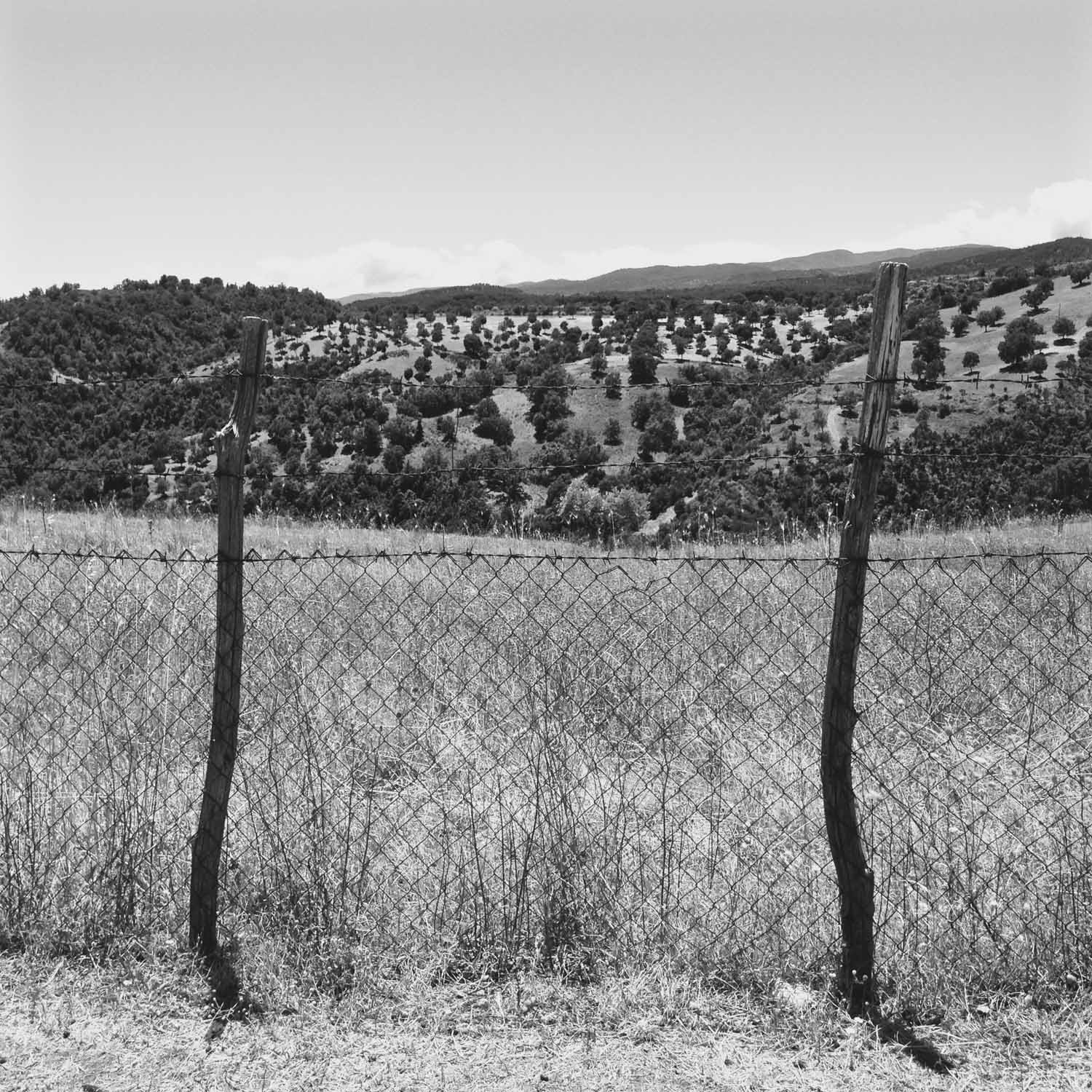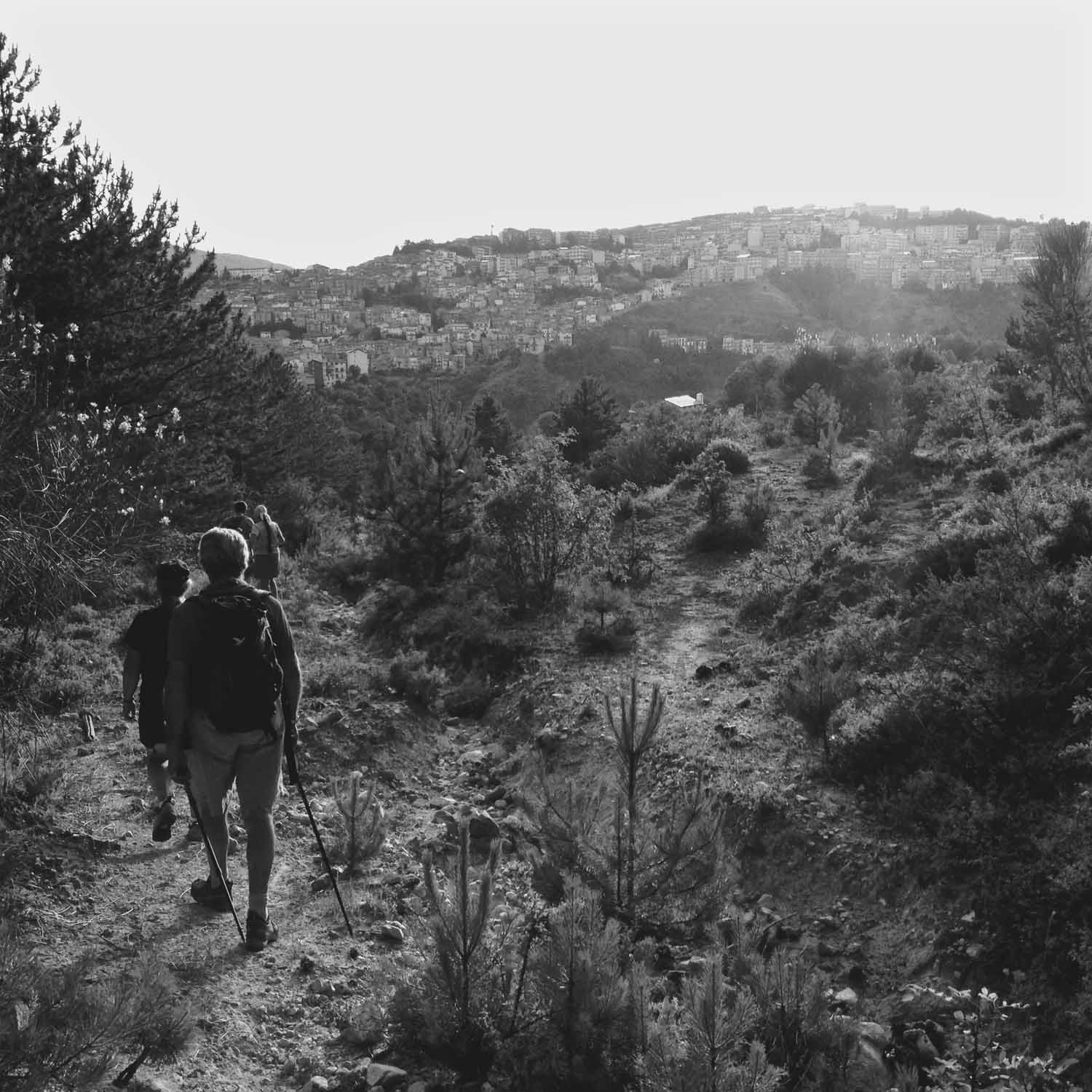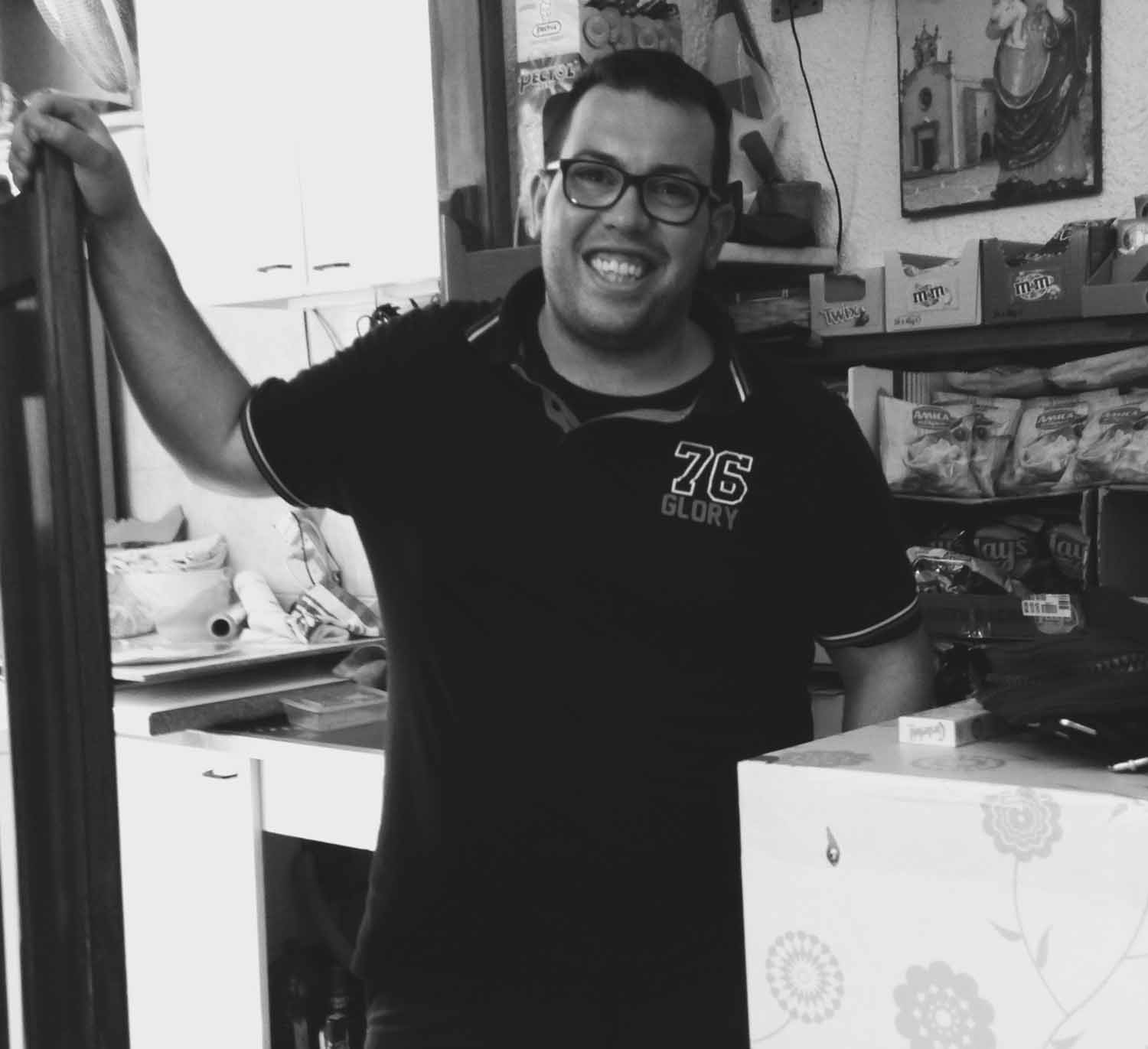The Vale of Acheronthia [Day 2]
by Rudston Steward
he Calabrian Sila is one of Italy’s most extensive forests, a swathe of green spanning 150,000 hectares across the provinces of Cosenza, Crotone and Catanzaro.
La Sila, as Italians call it, has fascinated me since my childhood in Rome, when a classmate returned from a summer holiday in Calabria with tall tales of gnarly pine trees older than Jesus Christ, impenetrable forests with maze-like mountain trails, and the rabid howling of wolves by night. The Sila became a quasi-mythical territory in my adolescent imagination; I was reading Tolkien’s The Hobbit at the time, and identified it with Mirkwood in Middle-Earth, where Bilbo Baggins slays the giant spider and hangs out with the elves. Our family never actually set foot in Calabria back then, so there was no reality-check, no reason, ever, to dispel my fantasies.
Things stayed that way for over thirty years—until I was invited, earlier this year, to join a 7-day hike across the plateau of the Sila Piccola (the southernmost of the Sila’s three regions) and then down to the Ionian Sea. I jumped at the chance (overcoming my long-held conviction that to venture into the Sila without an invisibility-enabled magic ring on hand was to offer myself up foolishly to the Calabrian forest ghouls that would, inevitably, come a-knocking).
TALL TALES OF GNARLY PINE TREES OLDER THAN JESUS CHRIST, IMPENETRABLE FORESTS WITH MAZE-LIKE MOUNTAIN TRAILS, AND THE RABID HOWLING OF WOLVES BY NIGHT.
We started our hike at the ruins of Acheronthia, a town abandoned in 1844 after a dramatic series of events that read like a systematic catalog of loss: from its flourishing apex as a Byzantine kastron (fortified citadel) with a population of over two thousand, it was plunged into irreversible decline by an outbreak of the plague in 1528; minor earthquakes throughout the 17th Century and then a major quake in 1783 inflicted increasingly severe damage; by 1843 only three hundred inhabitants remained. Chronic malaria-bearing water shortages then dealt the final blow. In 1844 emergency plans were drawn up for a completely new town (modern Cerenzia) in a more salubrious valley nearby, and the population was gradually relocated. By 1862 old Acheronthia had been completely abandoned.
Not much is left of the crumbling old citadel today. The eerie quiet of abandonment clings to the site—the sad stillness of truncated lives, forgotten narratives, a sense of place interrupted—and is augmented by the dramatic setting: old Acheronthia sits on a flat-topped oval mound, like a massive plinth, its sides rising near-vertically above the surrounding valley. Looking west from this raised plinth we could see the long day’s walk that lay ahead: up over the bare hills towards Castelsilano, and then further up weaving through forests and farmland to our first overnight stop, the town of San Giovanni in Fiore, about twenty kilometers away.
By the end of June the Calabrian sun has extinguished the last vestiges of spring, extracted all moisture from the land like precious drops of nectar squeezed from pulp. We crossed a dry river bed, scrambled and crunched up a gravel path, picked our way across a desiccated hillside pock-marked with rampant thistles. As we climbed the view opened up behind us, back towards the Ionian coast north of Crotone: strips of shimmer-grey olive groves interspersed with dun-barren fields. On the steeper slopes a scruffy tapestry of oaks stretched like worn green fabric over the cracked carapace of the earth.
ON THE STEEPER SLOPES A SCRUFFY TAPESTRY OF OAKS STRETCHED LIKE WORN GREEN FABRIC OVER THE CRACKED CARAPACE OF THE EARTH.
It was well after 2pm when we trudged into Castelsilano, our projected lunch stop. Absolutely no trace of human life: the siesta was in full swing. The bar we’d pinned our hopes of sustenance on was shut; we slumped as one against a wall, stumped and starving. What now?
A window creaked open overhead. A dark-haired woman leaned out, taking a long hard look at the mad bunch that had plodded across her piazza—in the heat of the day, when all sensible folks take a nap—and plonked itself down on her doorstep.
“Can I help you?”
We explained our hungry predicament, and she softened. Appalled, no doubt, by the unfathomable prospect of anyone ever having to forego their lunch. She sprang into action, marshalling the joint forces of local solidarity and hospitality. A flurry of phone calls pinpointed the whereabouts of the proprietor (who was, of course, having a “pennichella”—a snooze). To our astonishment the gentleman agreed to drag himself out of bed and come to our rescue. He appeared within minutes looking fresh as a Calabrian daisy, keys in hand, sporting designer glasses and a matching black 76 Glory polo shirt.
Unlocking the door he proclaimed—passionately, like a general rallying the troops for one last heroic stand—“Ora accendo la piastra!” Let me turn on the grill.
Spurred on by our voracious appetites, our barista-hero served up multiple rounds of the house special, panini con salciccia. Grilled sausage sandwiches—equal parts delectable dribbly pork fat and charred crispy crust. These provided just enough fuel to propel our tired frames and pulp-squeezed metabolisms through the arduous afternoon’s hike: four hours over increasingly forested terrain, up and down and along and steeply up again. All the way, finally, to San Giovanni in Fiore—the oldest and largest town of the Sila, perched 1,119 meters above sea level, high above the Vale of Acheronthia.
We had reached the gateway to the impenetrable forests and maze-like trails of the Sila Grande. Gnarly pine trees were lying in wait for us up ahead, tomorrow and beyond; up ahead where the rabid wolves howl by night.

